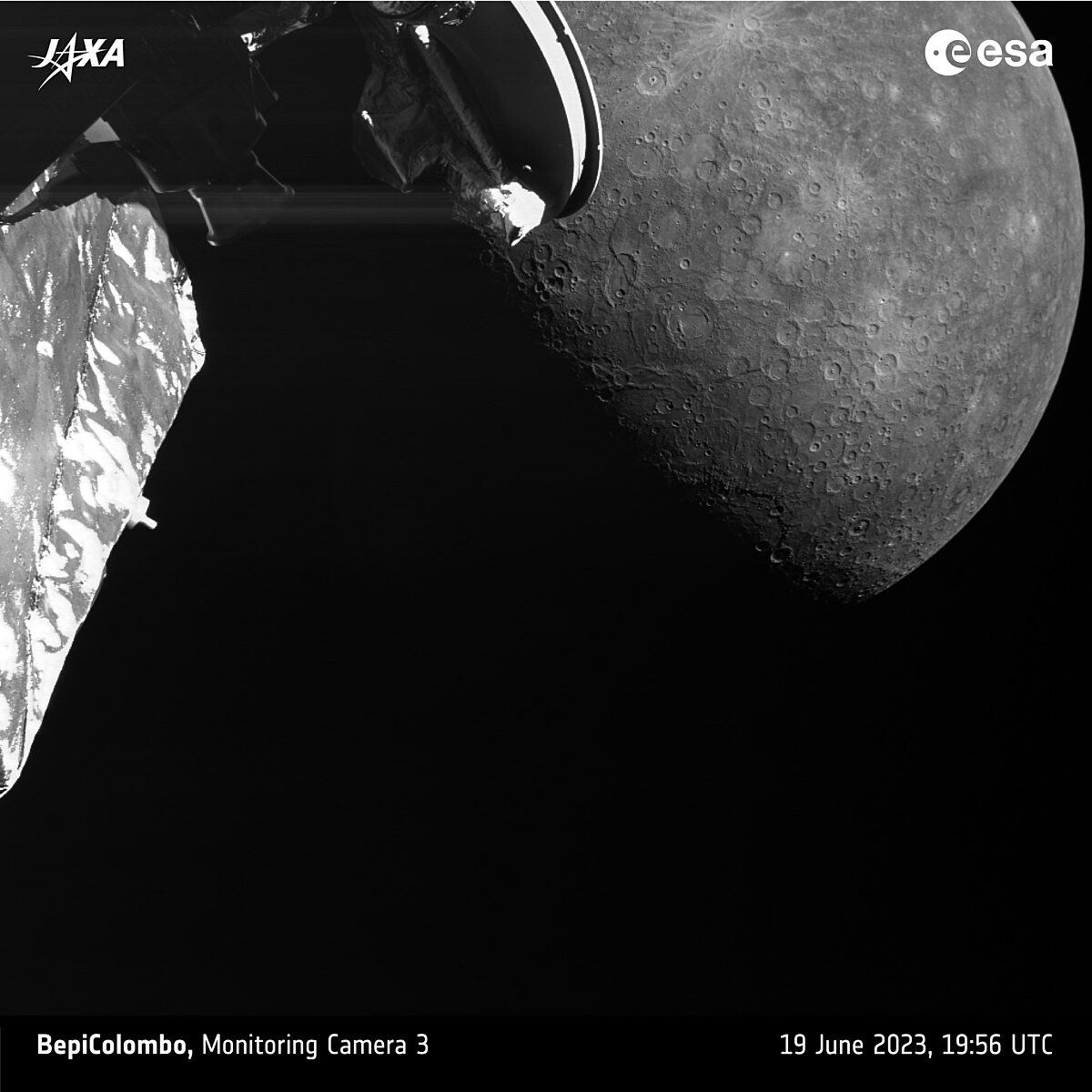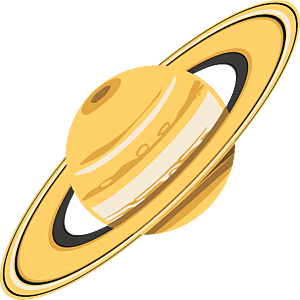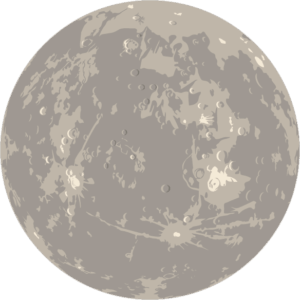The Downlink • Jun 23, 2023
Rings and dings
Space Snapshot

BepiColombo, a mission to Mercury led by the European Space Agency and the Japan Aerospace Exploration Agency, made its third gravity assist flyby of the Solar System’s innermost planet this week. It captured images, such as this one, showing new details of the planet including a newly named crater from some long-past cosmic ding. ESA also released a video of the flyby. Image credit: ESA/BepiColombo/MTM.
You love space, now take action
This weekly newsletter is your toolkit to learn more about space, share information with your friends and family, and take direct action to support exploration. Anyone can subscribe at planetary.org/connect to receive it as a weekly email.
Mission Briefings


The oceans of Enceladus may contain the building blocks of life. Analysis of data from NASA’s Cassini spacecraft, which studied the Saturn system from 2004 to 2017, has found signs of organic compounds in icy particles ejected from the moon Enceladus into the planet’s E ring. The compounds detected include phosphorus, one of the ingredients for amino acids that has never been found in extraterrestrial oceans until now. Planetary Society CEO Bill Nye spoke with CNN about what this discovery means for the search for life. Pictured: Enceladus within the E ring. Image credit: NASA/JPL-Caltech/Space Science Institute.

China’s lunar exploration project is moving along with new international partners. Russia, Pakistan, the United Arab Emirates, and the Asia-Pacific Space Cooperation Organization have all signed agreements to participate in the International Lunar Research Station, a project that aims to build a permanent lunar base in the 2030s with a series of stepping stone missions before the end of this decade.

NASA has selected five experiments for the 2024 total solar eclipse. The eclipse, which will be visible from sites across North America on April 8, 2024, will be a great opportunity for millions of people to marvel at a celestial phenomenon — and for scientists to study the Sun. NASA has announced funding for five projects led by researchers at different academic institutions, that will study the Sun and its influence on Earth with a variety of instruments — including ham radios and cameras aboard high-altitude research planes — and with the help of volunteers.
From The Planetary Society


We’re alive at a great time for seeing Saturn's rings. The iconic structures around Saturn haven’t been around forever, and won’t last forever either. Richard Durisen, a Professor Emeritus of Astronomy from Indiana University Bloomington, and Paul Estrada, a Research Scientist at NASA Ames Research Center, join this week’s Planetary Radio to discuss their research on the surprisingly recent formation of Saturn's rings and why they are disappearing over time. Pictured: A stunning composite of images taken by NASA's Cassini spacecraft in 2007. Image credit: NASA/JPL-Caltech/Space Science Institute.

Do you dream of being an asteroid hunter? Three winners of The Planetary Society’s Shoemaker NEO Grants, all of whom have made important contributions to asteroid research and planetary defense, share their tips for getting started. Plus, stay tuned for an announcement next week about the newest group of Shoemaker NEO grant winners.

Meet our new Zed Factor fellow! Recent University of Pittsburgh graduate Ariel Barreiro is joining The Planetary Society for a summer fellowship through the Zed Factor Fellowship program. She spoke with us in a recent interview about her thoughts about space, careers, and working with The Planetary Society.
What's Up

Venus is still putting on a great show, shining brightly high in the west after sunset. Nearby, Mars shines dimmer and reddish. A couple of hours before sunrise you can see yellowish Saturn rising in the east and climbing high until the Sun washes it out. Bright Jupiter shines very bright lower to the horizon around sunrise. Find out what else to look for in June’s night skies.
Wow of the Week

Planetary Society member Susan Gaby-Trotz created this hooked rug portrait of Mercury’s south pole, showing its many craters. She based the artwork on a false color topographical map of the planet’s surface generated by MESSENGER data. See more of her planetary south pole portraits. Image credit: Susan Gaby-Trotz.
Send us your artwork!
We love to feature space artwork in the Downlink. If you create any kind of space-related art, we invite you to send it to us by replying to any Downlink email or writing to [email protected]. Please let us know in your email if you’re a Planetary Society member!


 Explore Worlds
Explore Worlds Find Life
Find Life Defend Earth
Defend Earth


